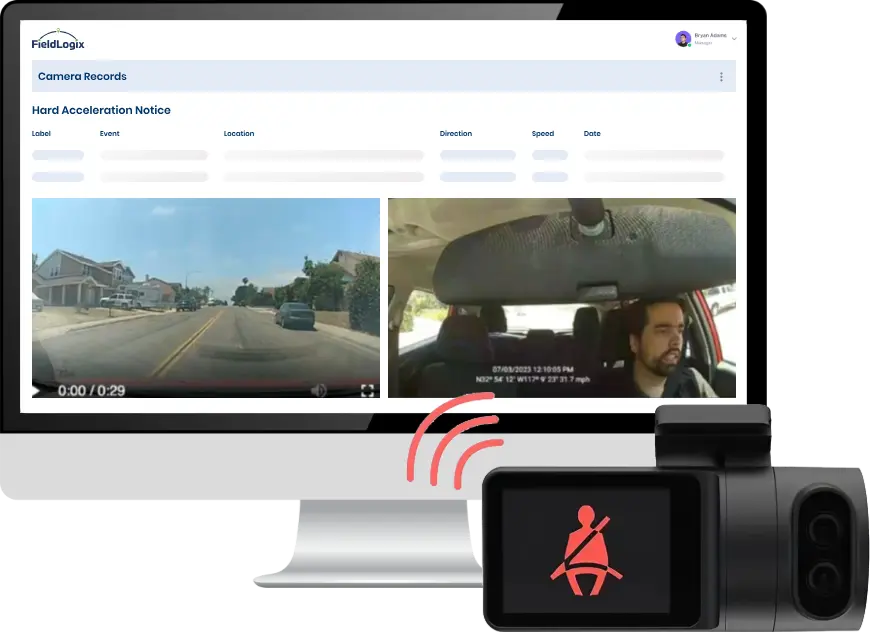Fleet Tracking System For Snow Vehicles Launched After Storm
This morning the Dept. of Public Works in Prince George’s County, Maryland, rolled out a fleet tracking system pilot program for the city’s snow plows. The fleet tracking system was launched at a time when residents neeed it the most – after a big storm.
A huge storm pounded the Northeast this weekend. It dumped over 30 inches of wet, heavy snow that snapped power lines and trees, causing widespread power outages. Over 3 million people lost power throughout the Northeast, said the Wall St Journal.
Without a fleet tracking system, there is no way to verify a snow plow’s location. Until today, residents had no idea where the snow plows were or when they were going to show up in their neighborhood. Now residents can call in to the city fleet’s command center and find out when the next snow plow will be arriving. This feature is very useful, especially in times of a big storm.
















